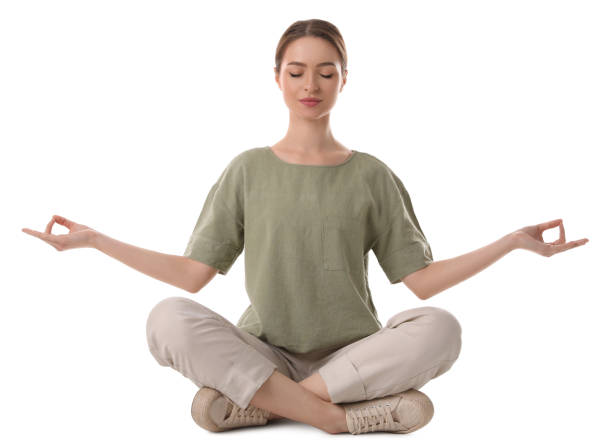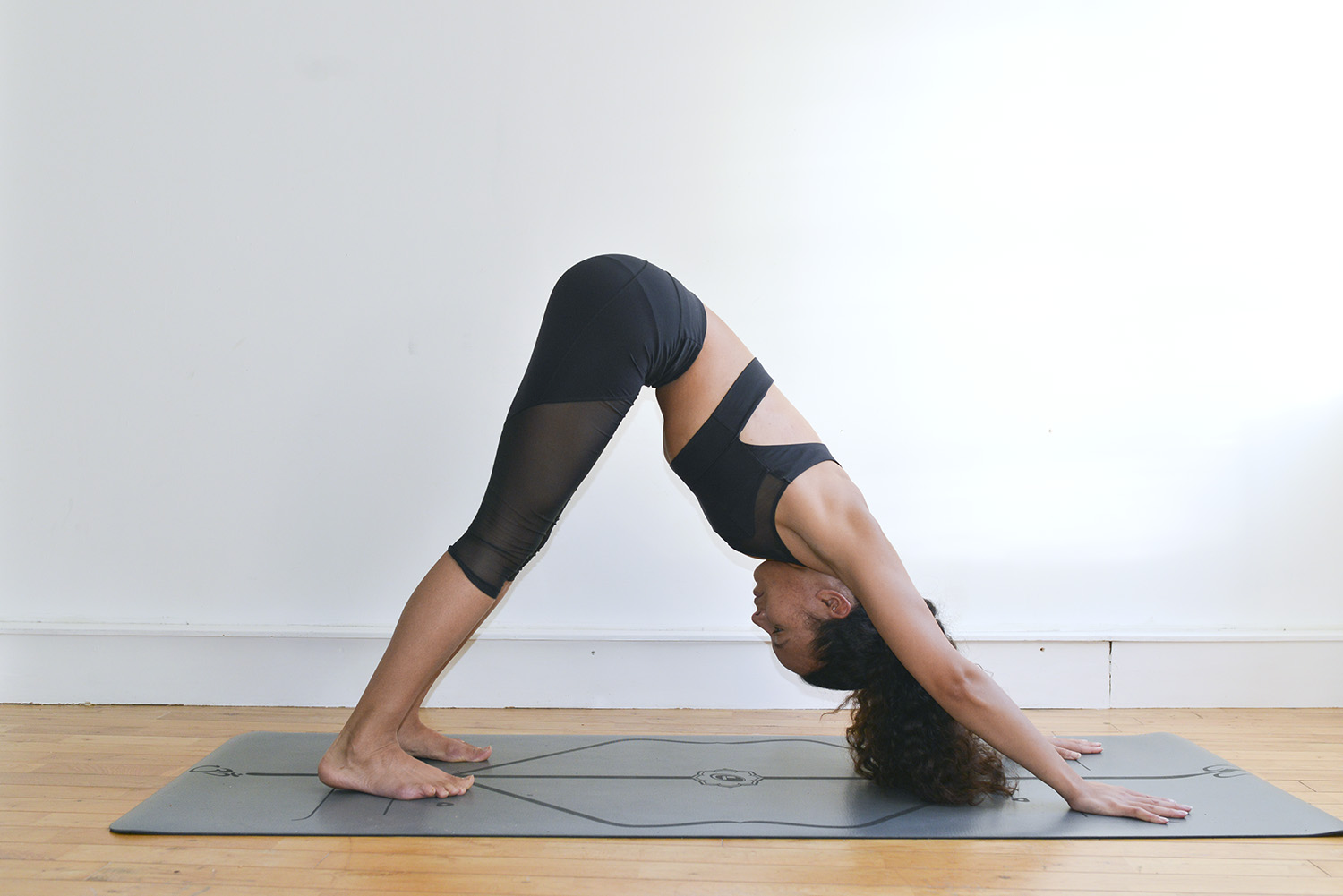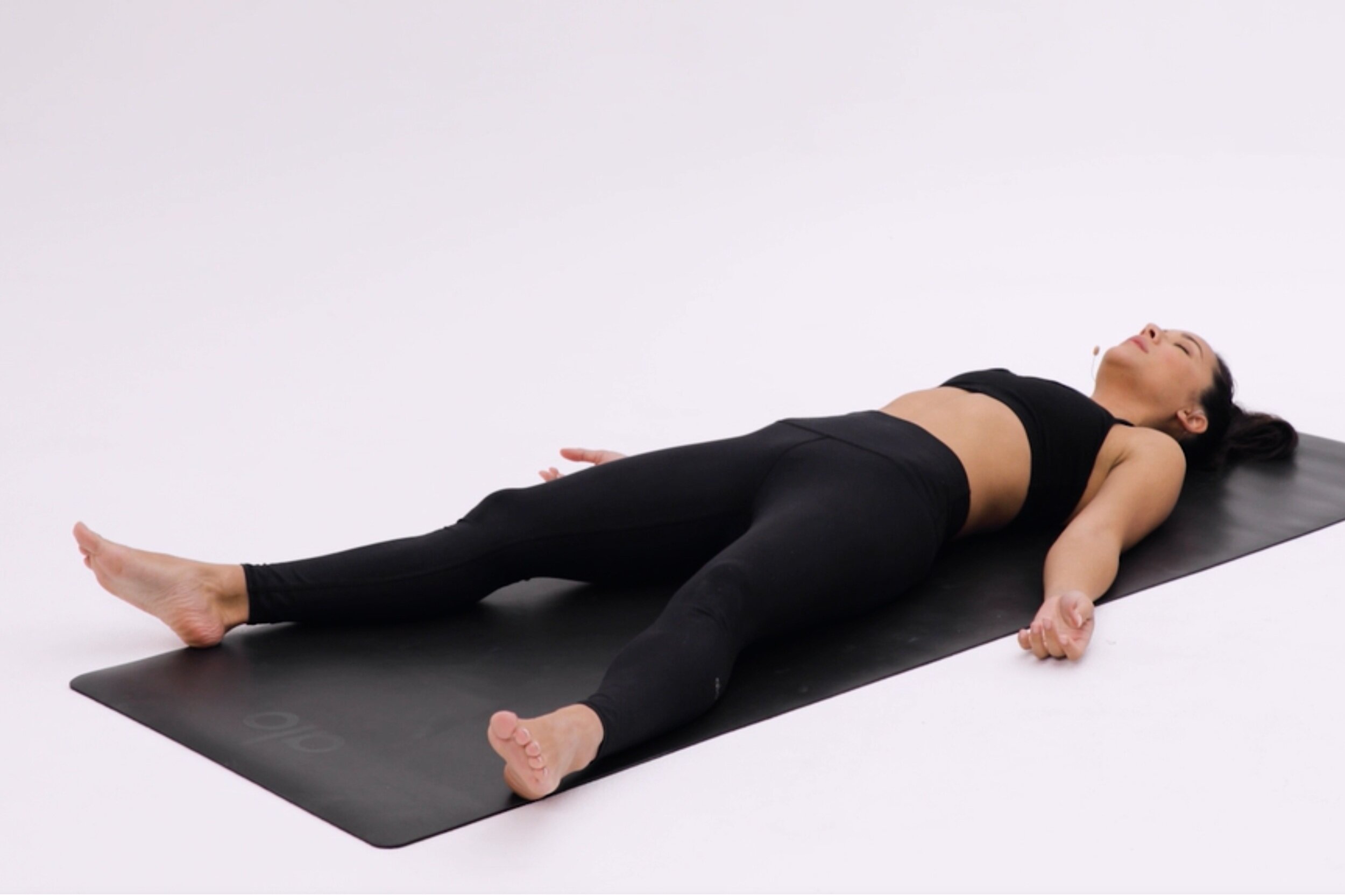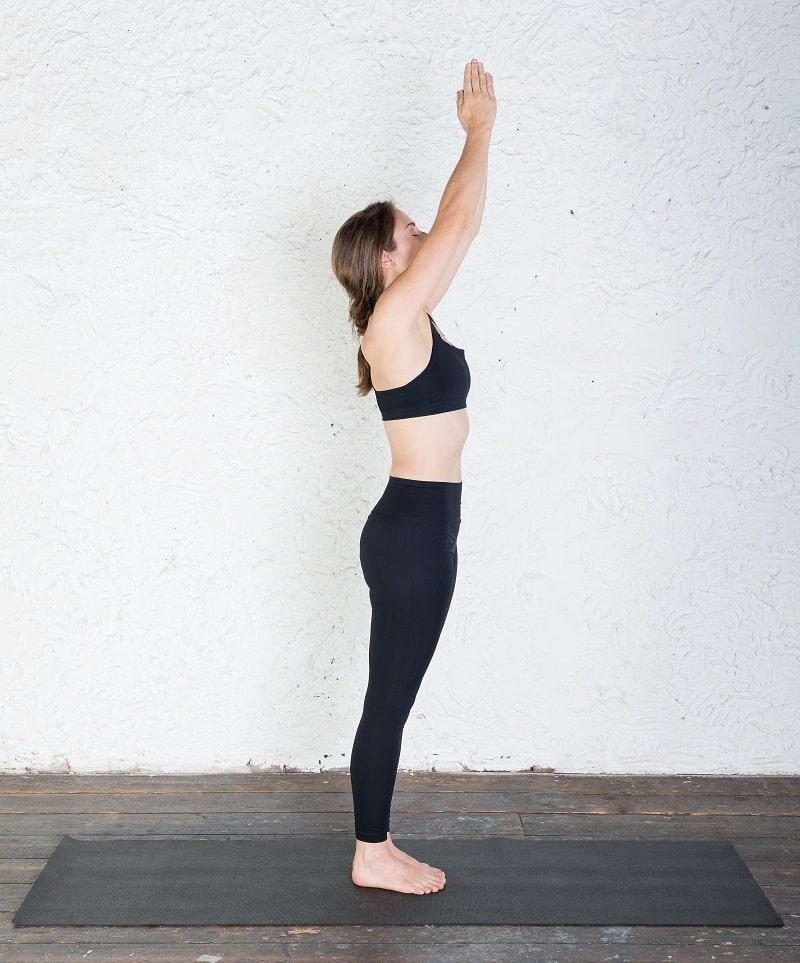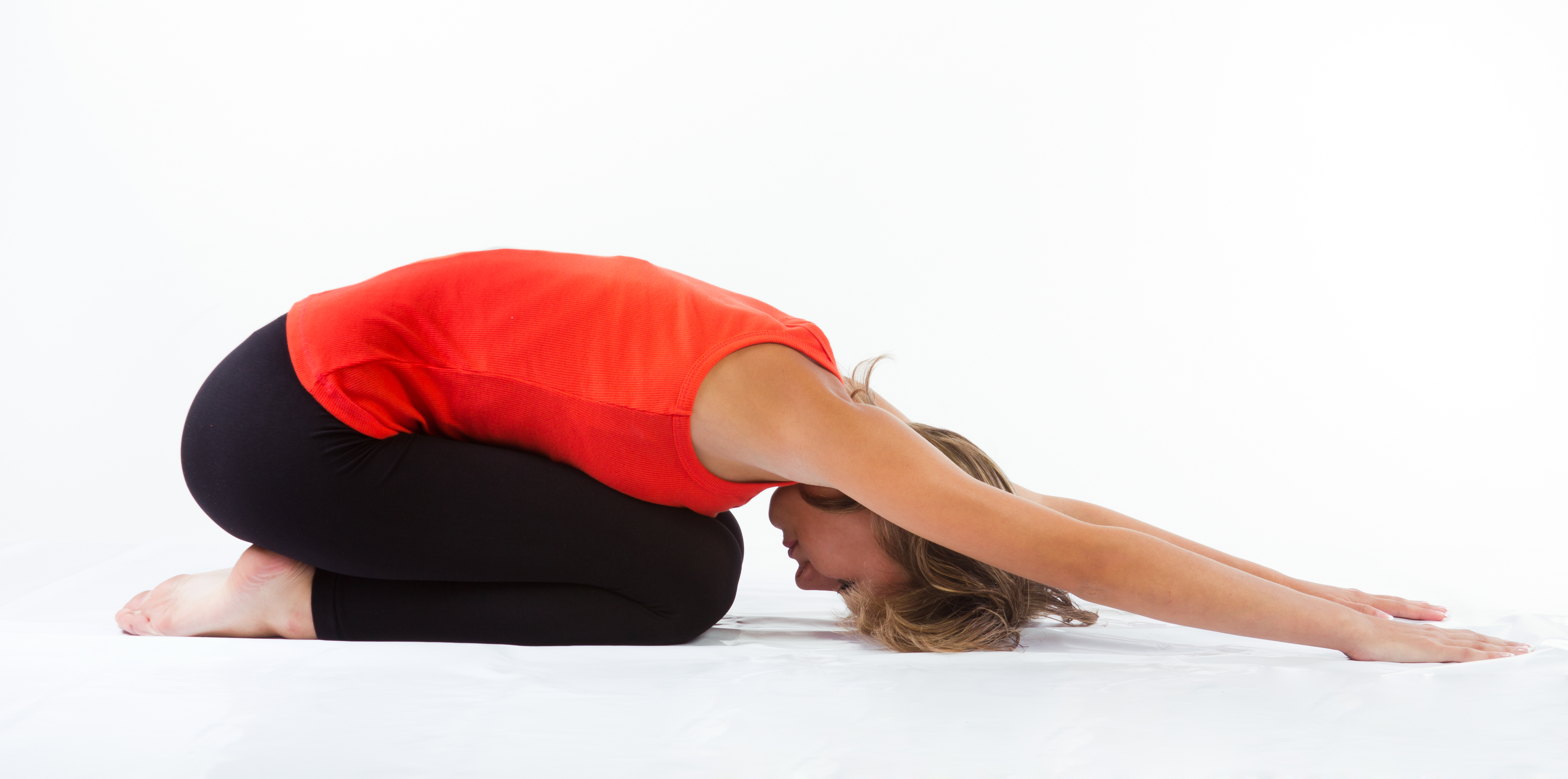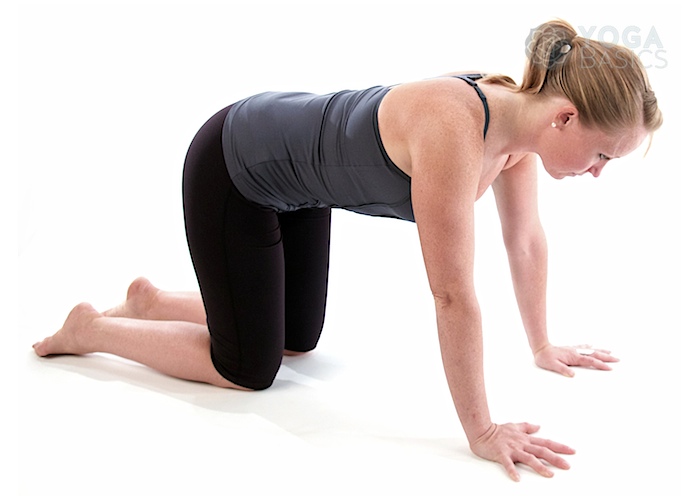DownWord Facing pose
Downward Dog Pose or Downward-facing Dog Pose, also called Adho Mukha Svanasana (Sanskrit: अधोमुखश्वानासन; IAST: Adho Mukha Śvānāsana), is an inversion asana, often practised as part of a flowing sequence of poses, especially Surya Namaskar, the Salute to the Sun. The asana is commonly used in modern yoga as exercise.
